Figures & data
FIGURE 1. Bathymetric map of Lake Lama, central Siberia, and the coring location of PG1111. The isolines refer to the water depths (m). The inset shows the Taymyr Peninsula with the Norilsk region in the south and the associated vegetation zones
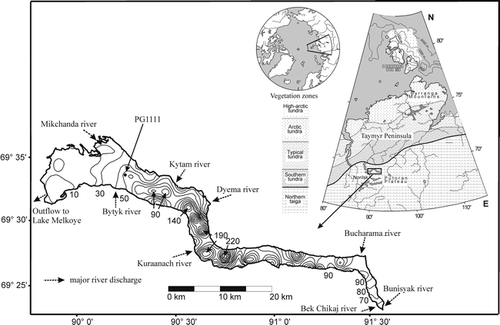
FIGURE 2. Relationship between observed and diatom-inferred mean July air temperature for Fennoscandia using a two-component weighted averaging partial least squares (WA-PLS) model with leave-one-out cross-validation (CitationKorhola et al., 2000)
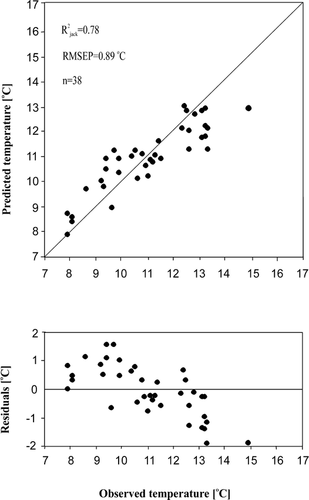
FIGURE 3. Distribution of selected diatom taxa in the sediment core PG1111, Lake Lama. The species chosen fit at least 35% into the major plane of species space. Note that the percentage scale for each taxon is different for the sake of better visibility. The roman numerals are the local diatom assemblage zones (LDAZ) as estimated by constrained cluster analysis. The arrows indicate those samples with a lower number of valves counted
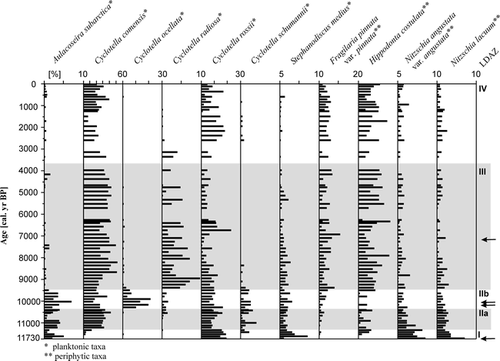
FIGURE 4. Distance biplot of the PCA for PG1111. The objects and species plotted fit at least 20% and 35% into species space, respectively
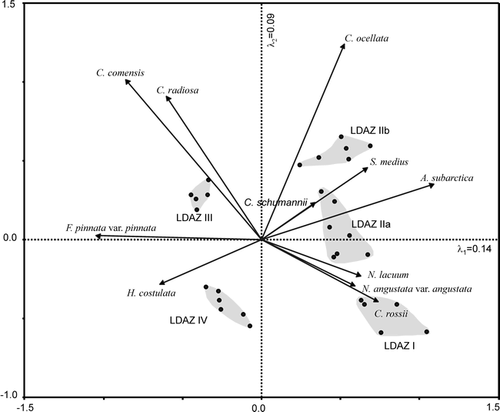
FIGURE 5. Object scores of the first two principal axes, the Shannon diversity index, estimated rates of change (RC), and inferred July air temperatures (°C) derived from the diatom assemblages of core PG1111. The inferred July air temperatures are given as deviations from the mean (points) and as their three-point moving average (solid line)
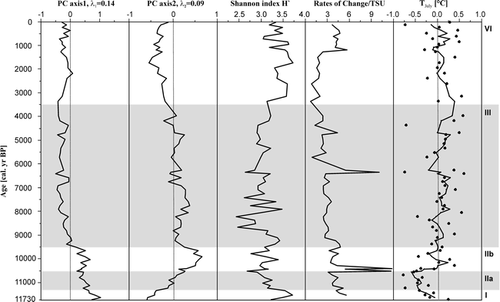
TABLE 1 AMS radiocarbon dates from the sediment samples of Lake Lama, Central Siberia (modified after CitationAndreev et al., 2004)
TABLE 2 Summary statistics of the species occurrences N and the effective species number N2 in the calibration dataset and the fossil data set for those species which occurred in at least 20% (N = 8) of the lakes in the calibration dataset
TABLE 2 (Cont.)